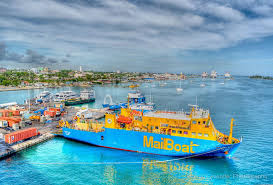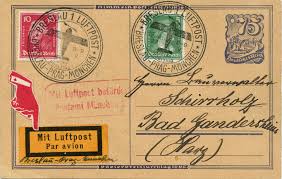Stamp: Ariadne (Europa CEPT Issue) (Guernsey 2020)
Ariadne (Europa CEPT Issue) (Guernsey 2020)
01 April (Guernsey ) within release Mail Ships (2020) goes into circulation Stamp Ariadne (Europa CEPT Issue) face value 68 Guernsey penny
| Stamp Ariadne (Europa CEPT Issue) in catalogues | |
|---|---|
| Michel: | Mi: GG 1772 |
| Stamp Number: | Sn: GG 1536 |
| Yvert et Tellier: | Yt: GG 1787 |
| Stanley Gibbons: | Sg: GG 1824 |
Stamp is horizontal format.
Also in the issue Mail Ships (2020):
- Stamp - Earl of Chesterfield face value 50;
- Stamp - Ariadne (Europa CEPT Issue) face value 68;
- Stamp - Antelope face value 70;
- Stamp - Alberta (Europa CEPT Issue) face value 85;
- Stamp - Isle of Guernsey face value 95;
- Stamp - Sarnia face value 1.02;
- Souvenir Sheet - Mail Ships (Europa CEPT Issue) face value 4.70;
Stamp Ariadne (Europa CEPT Issue) it reflects the thematic directions:
The Casco Bay Mailboat is a sailing vessel, run by Casco Bay Lines, which delivers mail and other items to the residents of the islands of Casco Bay in Maine, United States. It is the longest-running mailboat service in the country, having been in existence since the 1870s. Up until the 1950s, the boat was coal-powered; now it runs on a diesel engine.
Postal history is the study of postal systems and how they operate and, or, the study of the use of postage stamps and covers and associated postal artifacts illustrating historical episodes in the development of postal systems. The term is attributed to Robson Lowe, a professional philatelist, stamp dealer and stamp auctioneer, who made the first organised study of the subject in the 1930s and described philatelists as "students of science", but postal historians as "students of humanity". More precisely, philatelists describe postal history as the study of rates, routes, markings, and means (of transport).
A modern sailing ship or sailship is any large wind-powered vessel. Traditionally a sailing ship (or simply ship) is a sailing vessel that carries three or more masts with square sails on each. Large sailing vessels that are not ship-rigged may be more precisely referred to by their sail rig, such as schooner, barque (also spelled "bark"), brig, barkentine, brigantine or sloop. There are many different types of sailing ships, but they all have certain basic things in common. Every sailing ship has a hull, rigging and at least one mast to hold up the sails that use the wind to power the ship. The crew who sail a ship are called sailors or hands. They take turns to take the watch, the active managers of the ship and her performance for a period. Watches are traditionally four hours long. Some sailing ships use traditional ship's bells to tell the time and regulate the watch system, with the bell being rung once for every half hour into the watch and rung eight times at watch end (a four-hour watch). Ocean journeys by sailing ship can take many months, and a common hazard is becoming becalmed because of lack of wind, or being blown off course by severe storms or winds that do not allow progress in the desired direction. A severe storm could lead to shipwreck, and the loss of all hands. Sailing ships are limited in their maximum size compared to ships with heat engines, so economies of scale are also limited. The heaviest sailing ships (limited to those vessels for which sails were the primary means of propulsion) never exceeded 14,000 tons displacement. Sailing ships are therefore also very limited in the supply capacity of their holds, so they have to plan long voyages carefully to include many stops to take on provisions and, in the days before watermakers, fresh water.
A ship is a large watercraft that travels the world's oceans and other sufficiently deep waterways, carrying passengers or goods, or in support of specialized missions, such as defense, research and fishing. Historically, a "ship" was a sailing vessel with at least three square-rigged masts and a full bowsprit. Ships are generally distinguished from boats, based on size, shape and load capacity.




